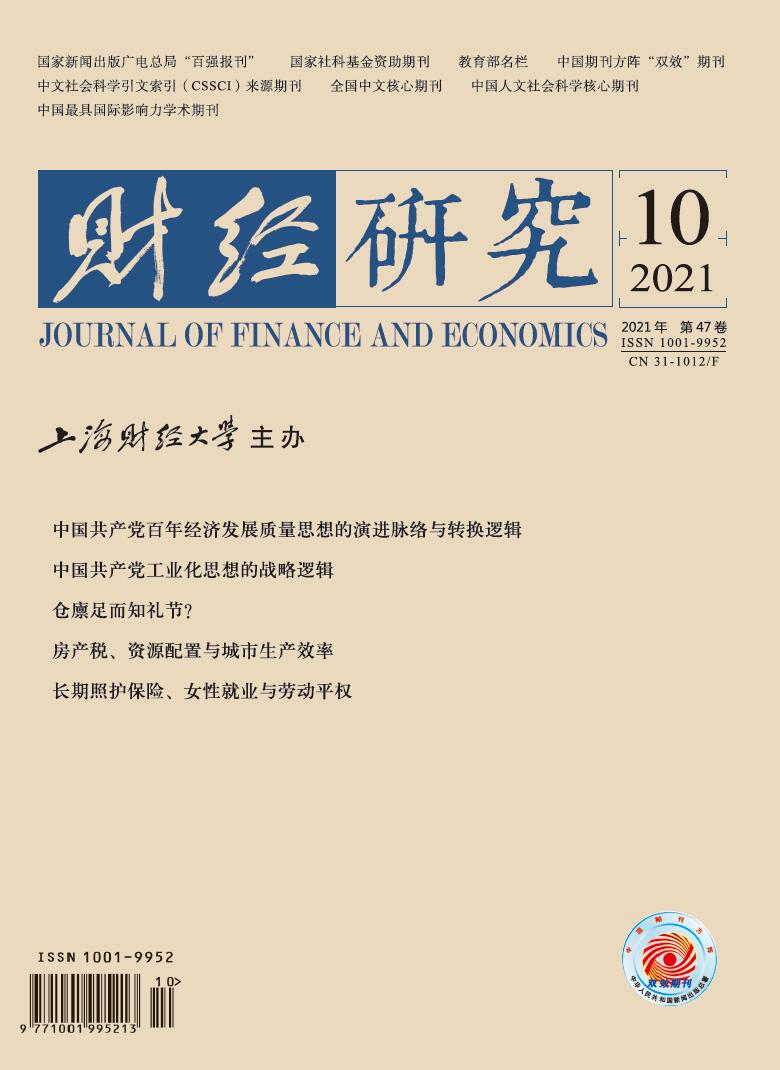It is of great practical significance for policy-making to accurately identify the effect and mechanism path of regional tax reduction policy on enterprise productivity. China is striving to achieve the “two centenary” goals, which requires the adoption of regional policies to achieve economic development efficiency change and regional coordinated development. In this context, taking the tax reduction policy in the western development region as the research object, this paper explores the implementation effect of regional tax reduction policy on enterprise productivity based on the new economic geography, discusses the mechanism path from learning effect and selection effect, and analyzes the heterogeneity characteristics of enterprises with different productivity.
First of all, based on the new economic geography model, this paper increases the parameters of preferential tax policy, theoretically analyzes the mechanism of regional tax reduction policy on enterprise productivity, and puts forward the important inference on the basis of theoretical analysis. Combined with the theoretical inference and the specific implementation background of tax reduction policy in western development, this paper puts forward the research hypothesis that the regional tax reduction policy affects the productivity of enterprises from the two paths of learning effect and selection effect.
Secondly, based on the theoretical model and the research hypothesis, this paper takes the regional tax reduction policy of western development as a quasi-natural experiment, and uses the industrial enterprise database data from 1998 to 2007 to build a difference-in-difference (DID) model. Combined with the effective tax rate of the actual income tax, it builds a difference-in-difference-in-difference (DDD) model to verify the impact of the tax reduction policy of western development on the productivity of different tax enterprises. The results show that: On average, the regional tax reduction policy has a significant promoting effect on enterprise productivity. The robustness of the model is tested by the placebo method.
Thirdly, we use the kernel density function and quantile estimation to find that the tax reduction policy has heterogeneous effects on enterprises with different productivity, and then apply the heterogeneous enterprise selection model to estimate. The results show that low productivity enterprises are more sensitive to policies and have the advantage of efficiency improvement, which makes the distribution of productivity of enterprises affected by policies more concentrated and the efficiency of resource allocation greatly improved.
The conclusion of this paper has a quantitative and concrete effect on the formulation of regional tax reduction policy, and can provide empirical evidence for the accurate formulation of regional tax reduction policy.






 5547
5547  6727
6727

